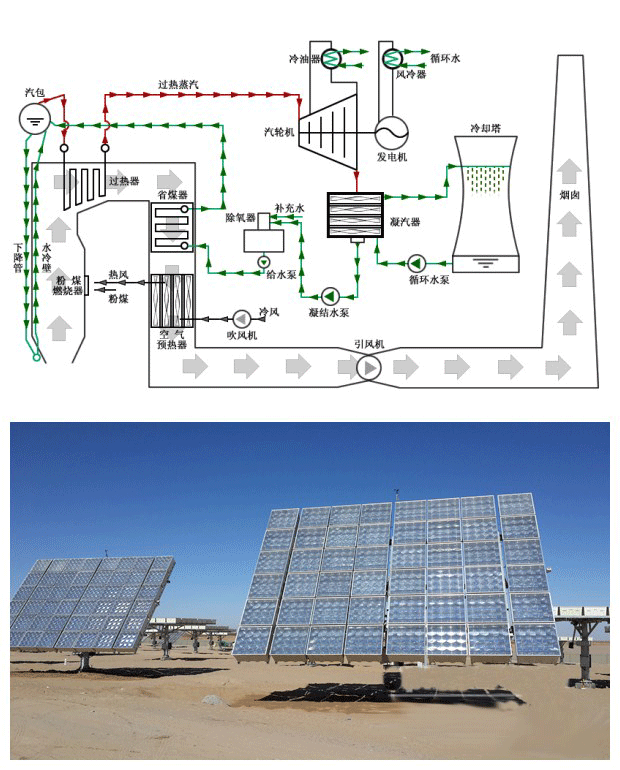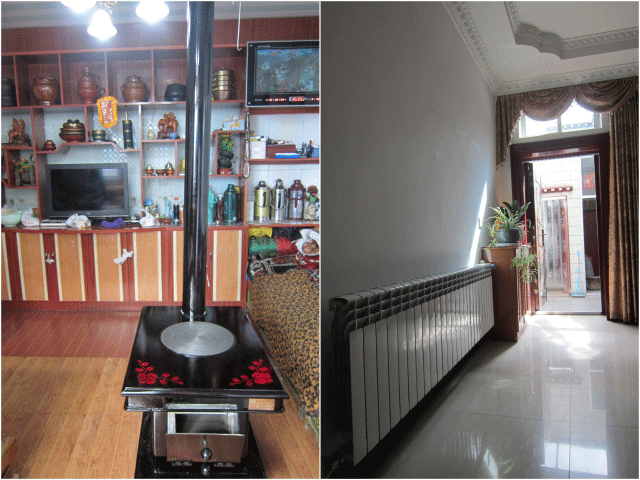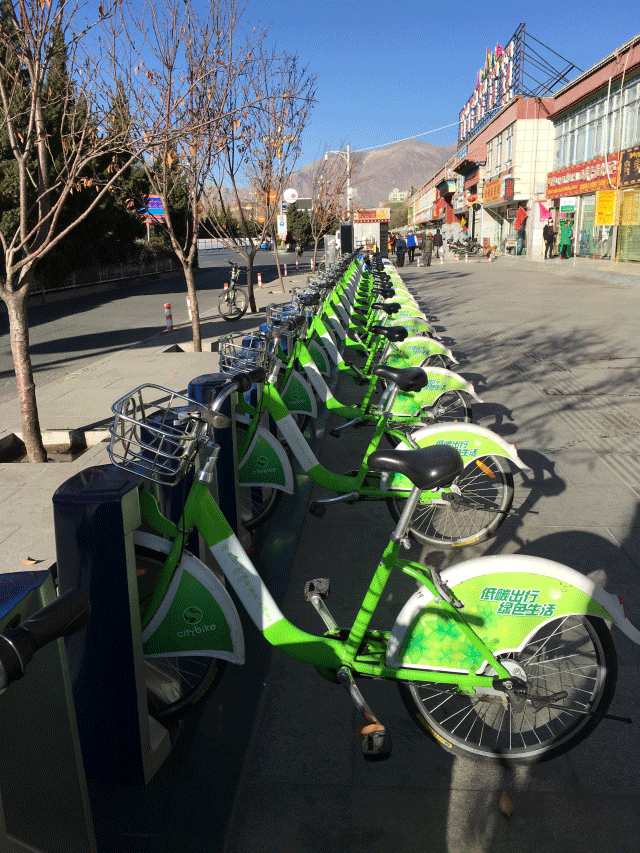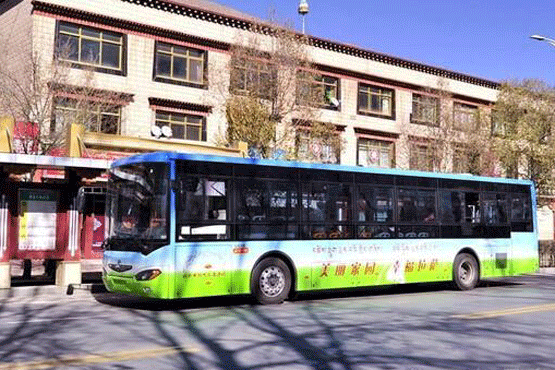Green transformation and low-carbon life in Tibet
After the world leaders talked over climate change issues in Paris, China took on its due responsibility as a major power, announcing on Dec. 2 that China will reduce 60% of the emissions of major pollutants in the power sector before 2020.
All take actions to protect environment for a low-carbon life. As for the people of various ethnic groups in Tibet, known as the "Third Pole" of the world, how do they realize green transformation and enjoy low-carbon life?
Changes in energy structure
From power grid to solar lights. Since 2010, Lhasahas begun to make use of low-carbon energy, adding about 1,200 solar street lamps.
From an area wreathed in mist to a bright attraction. Since 2010, Tibet has begun to launch biogas project in the agricultural and pastoral areas if feasible, and completed construction of 225,000 methane tanks in rural areas.
From coal power and hydropower to solar power. The 1 MW concentrated solar power station in Liuwu New District in Lhasa has had the ability in power and heat supply in 2015. It is now in the phase of trial operation.
Changes in heating system
From burning bricks to using new materials. Use of solid clay bricks is prohibited throughout Lhasa, and various kinds of new materials for wall are being actively popularized. The “no-solid-clay-brick” implementation rate reaches 80% in the city, and the proportion of applying new materials for wall exceeds 35%.
From heating around the fire to photovoltaic geothermal heating. In 2012, an investment of 10.27 million Yuan was made in building the geothermal heating projects for the government seat of Damxung County and Damxung NursingHome respectively, covering a total area of 15,000 square meters. About 900,000 kwh can be saved every year.
From cow dung heating to natural gas heating. According to statistics, the implementation of heating projects in Lhasa effectively reduced carbon dioxide emission by about 180,400 tons, sulfur dioxide emission by about 1,652 tons, nitrogen oxides emissions by 510 tons or so, soot emission by nearly 2,544 tons, and 13,900 tons of slag, protecting the natural environment of the snow plateau to certain extent.
Changes in travel awareness
From heavy-carbon emissions to environmental protection. Over 500 public bikes are available on the streets in Lhasa, bringing convenience to the citizens and also enhancing their awareness of green travel.
From popular private cars to buses mainly. Since November 16, 2015, the bus charge has been only 0.6 yuan by using Union Pay IC Card and Bus Union Pay Card throughout the Tibet Autonomous Region, not only providing economical travel mode for citizens and but also cultivating their awareness of carbon emission reduction.
From traditional oil to new energy. A total of 148 new energy buses have debuted in 2015, including 27 pure electric buses and one solar bus. Moreover, 893 taxis using gas instead of oil and eight pure electric taxis have also begun pilot operation.








Your Comment
Name E-mailRelated News
-
;
-
-
"Green" construction of Tibetan road
China has vowed to protect the environment while it builds a 634-km road crossing in the most vulnerable parts of the Qinghai-Tibetan Plateau. The road, which will link the counties of Gonghe and Yushu in Qinghai province.
-
-
-

-
Greening Shangri-la
Trouble is brewing in paradise. And it concerns the pristine forests of Southwest Yunnan Province, home to the mystical land of utopia Shangri-la.
-
-
-

-
History Today: Signing of The 17-Article Agreenment
May 23 in 1951, the signing ceremony of The Agreement Between the Central Government and the Local Government of Tibet on Method for the Peaceful Liberation of Tibet was held in Beijing.
-
-
-

-
China adopts 5-year blueprint, aiming for fairer, greener growth
The 12th Five-Year Plan for National Economic and Social Development was approved by the legislature, the National People's Congress (NPC), with 2,778 out of a total of 2875 deputies voting for it. The world is expected to gain from a China where rising living sta
-











